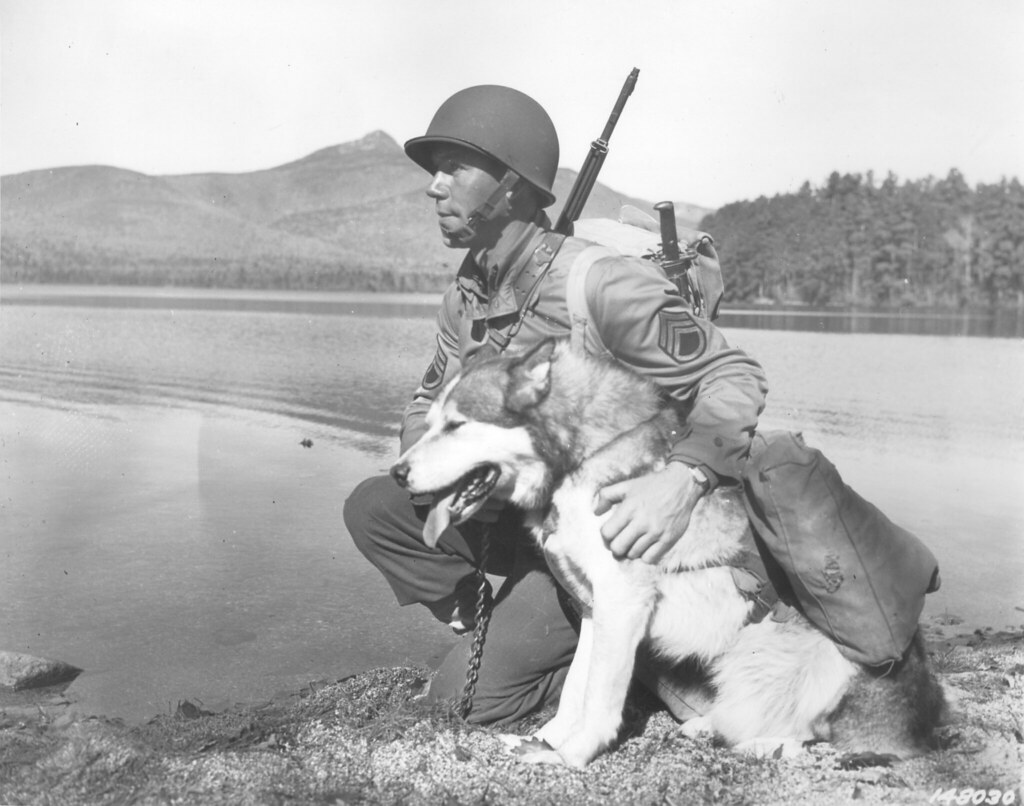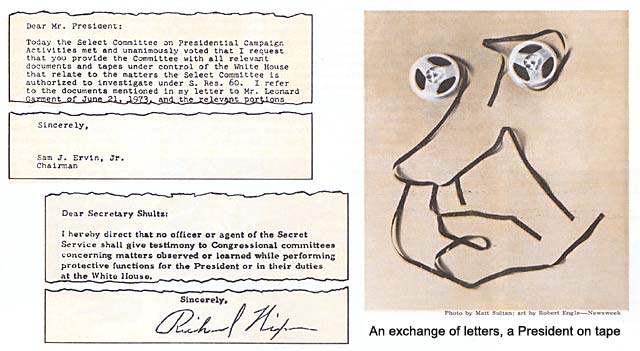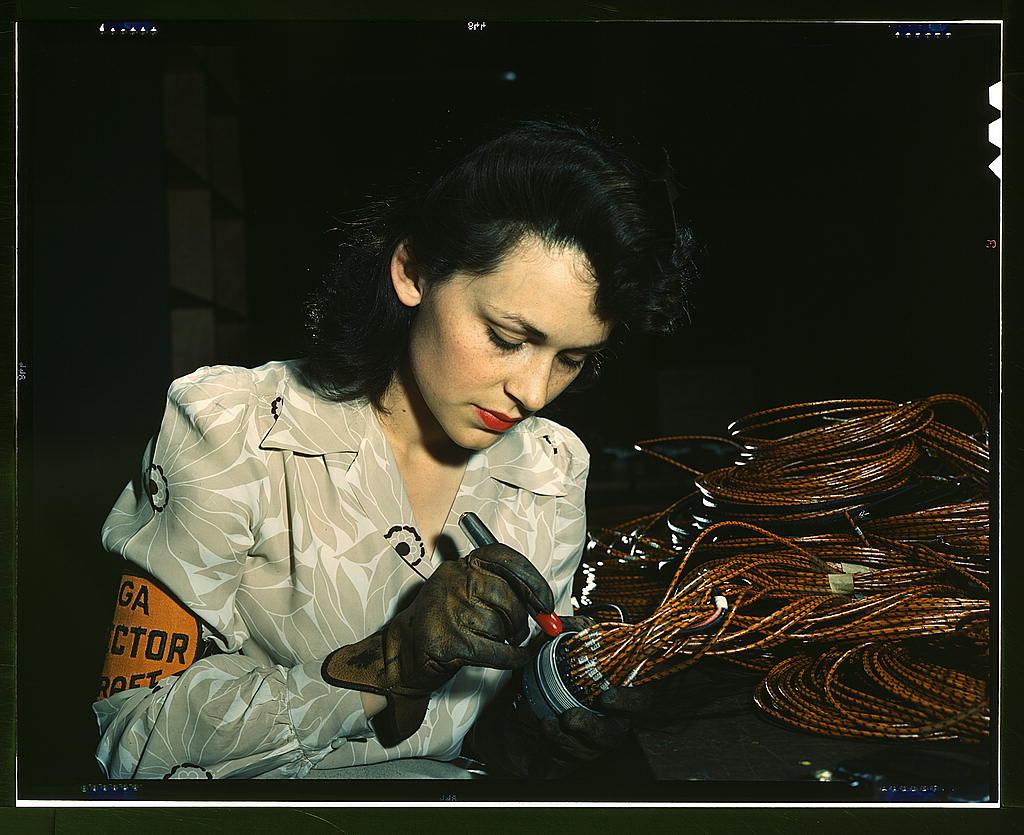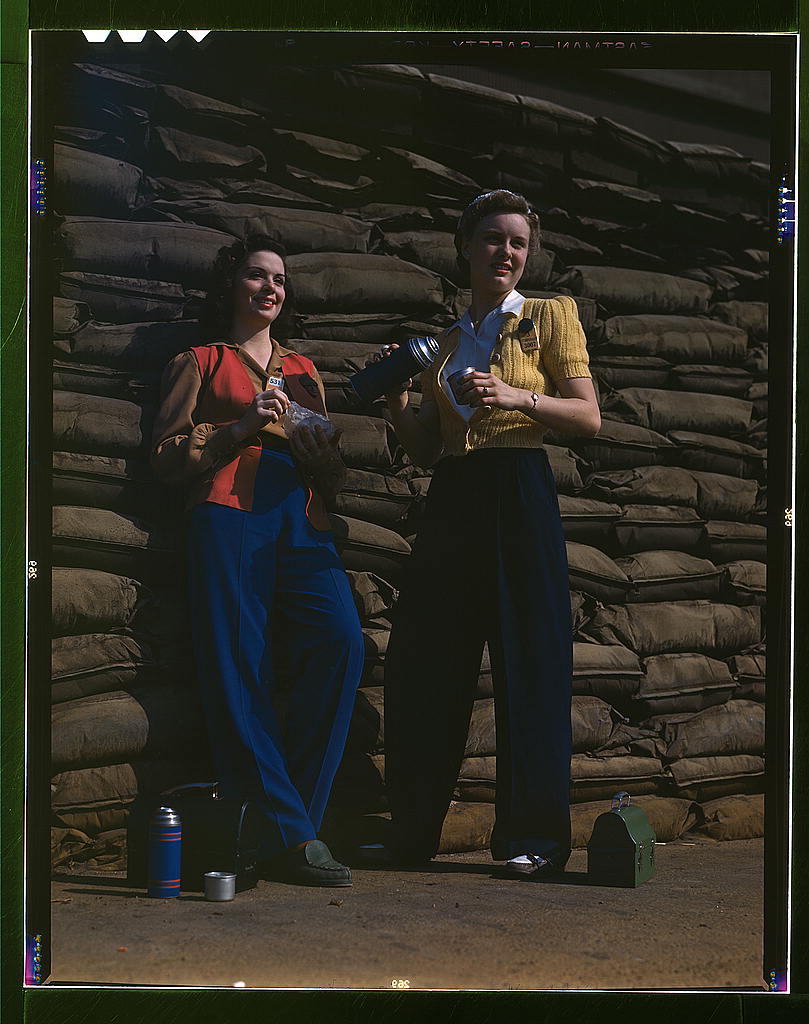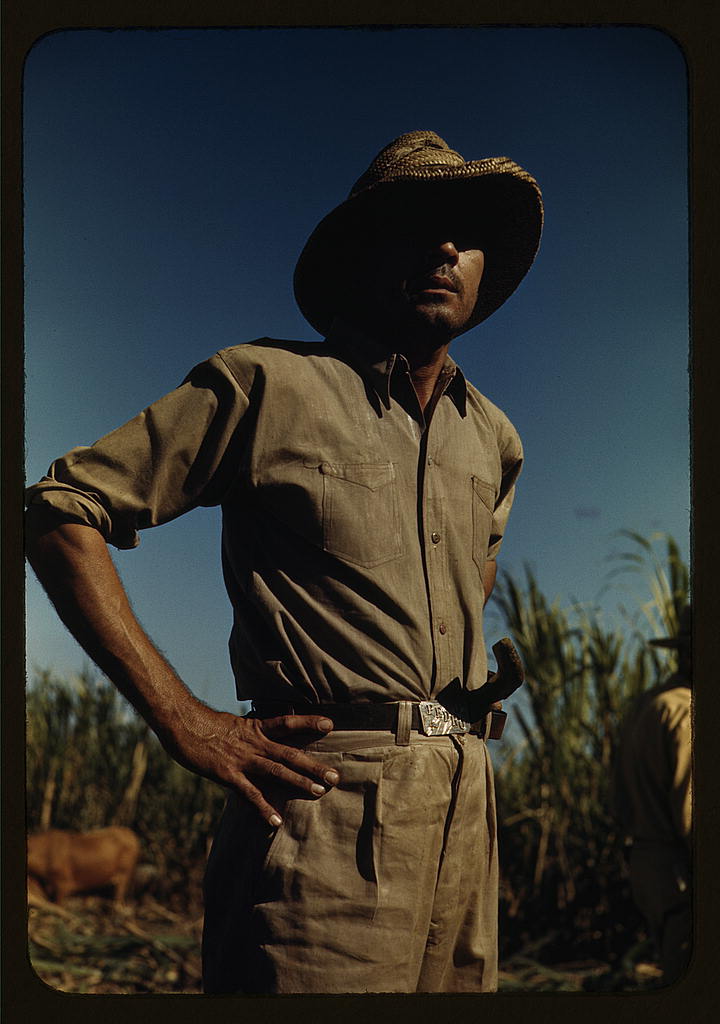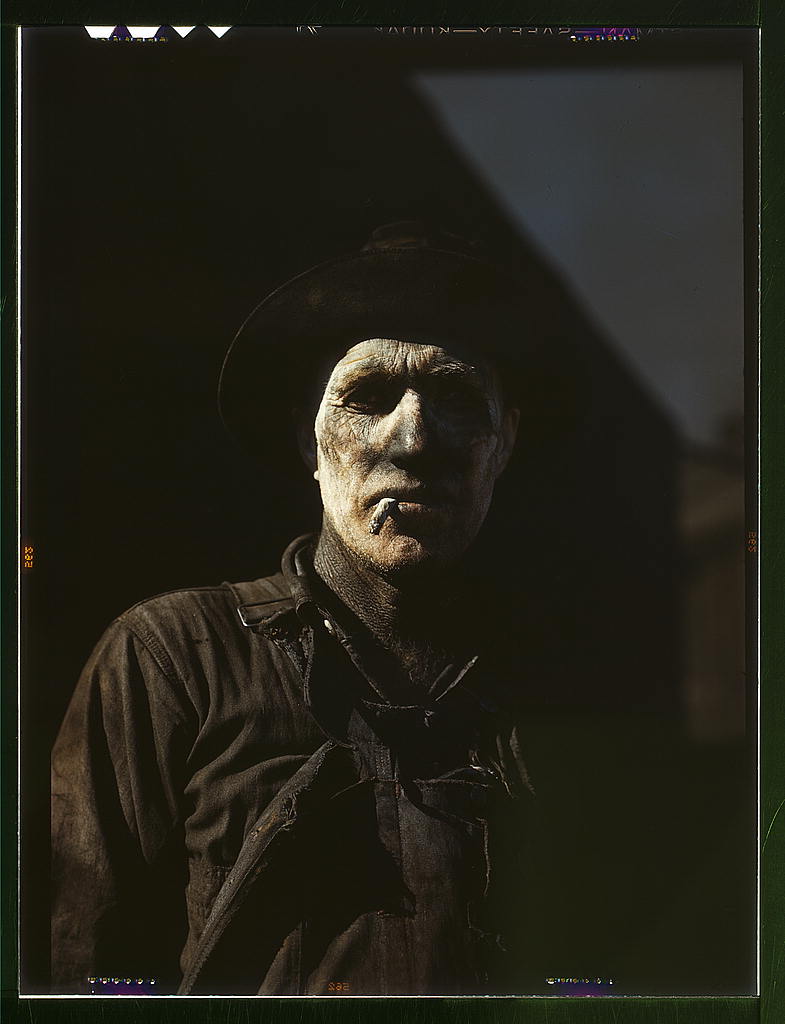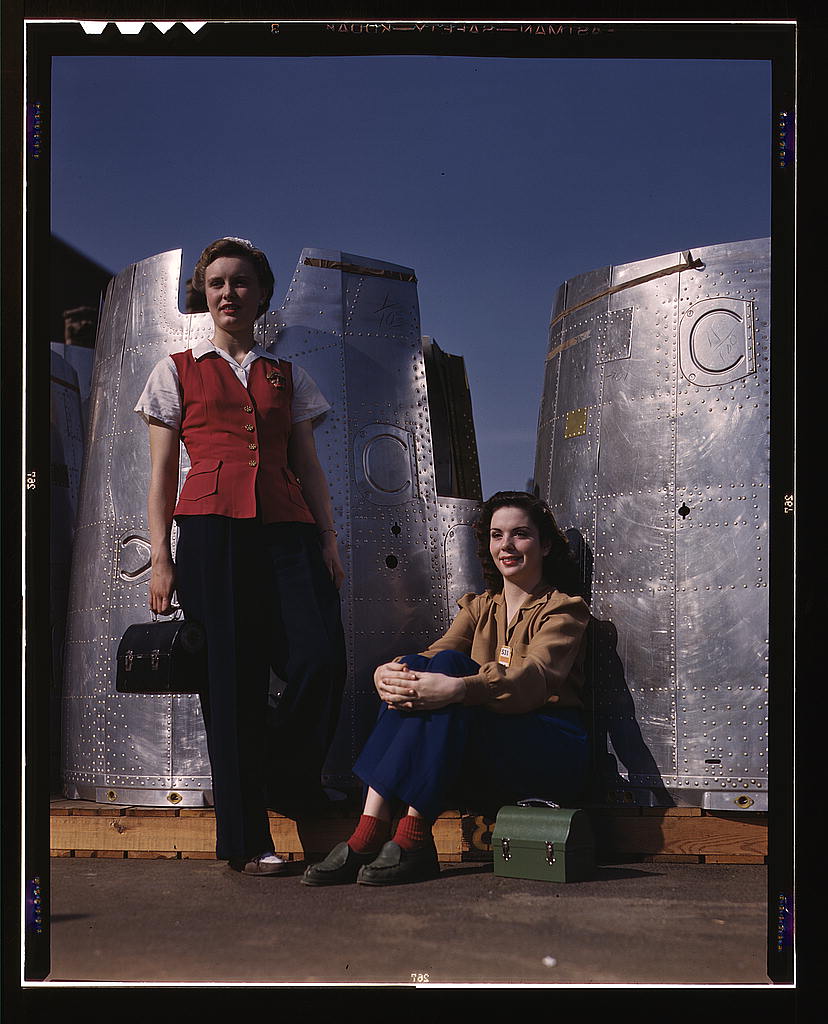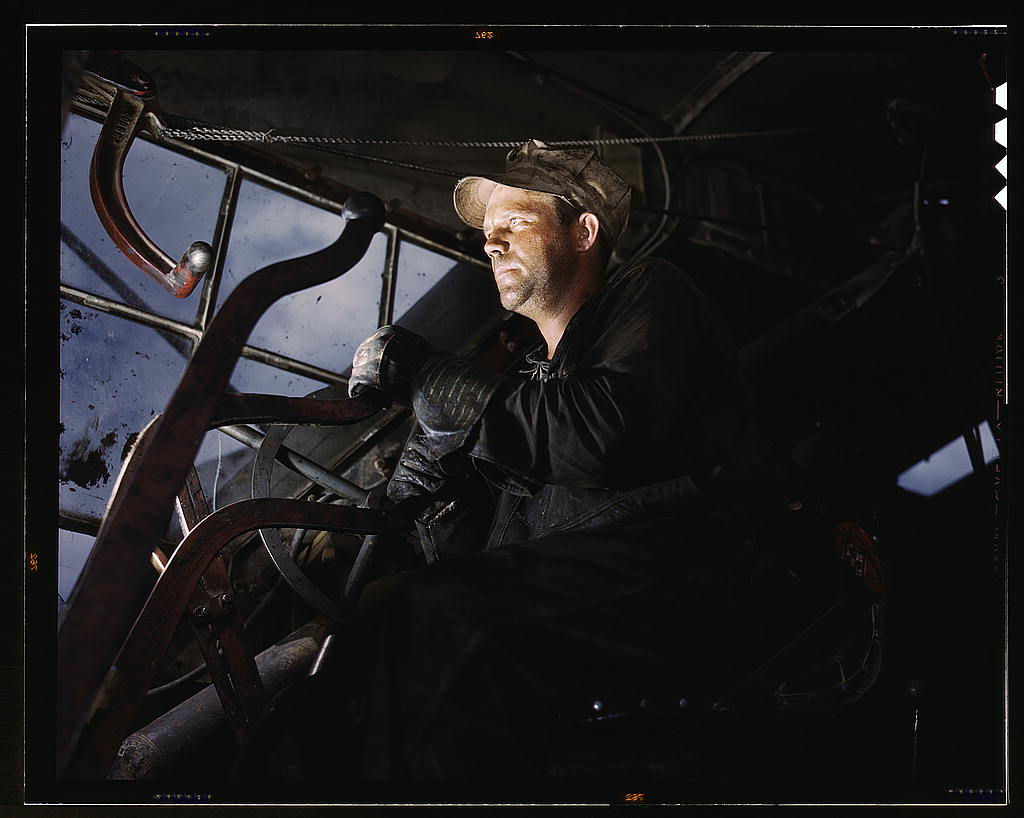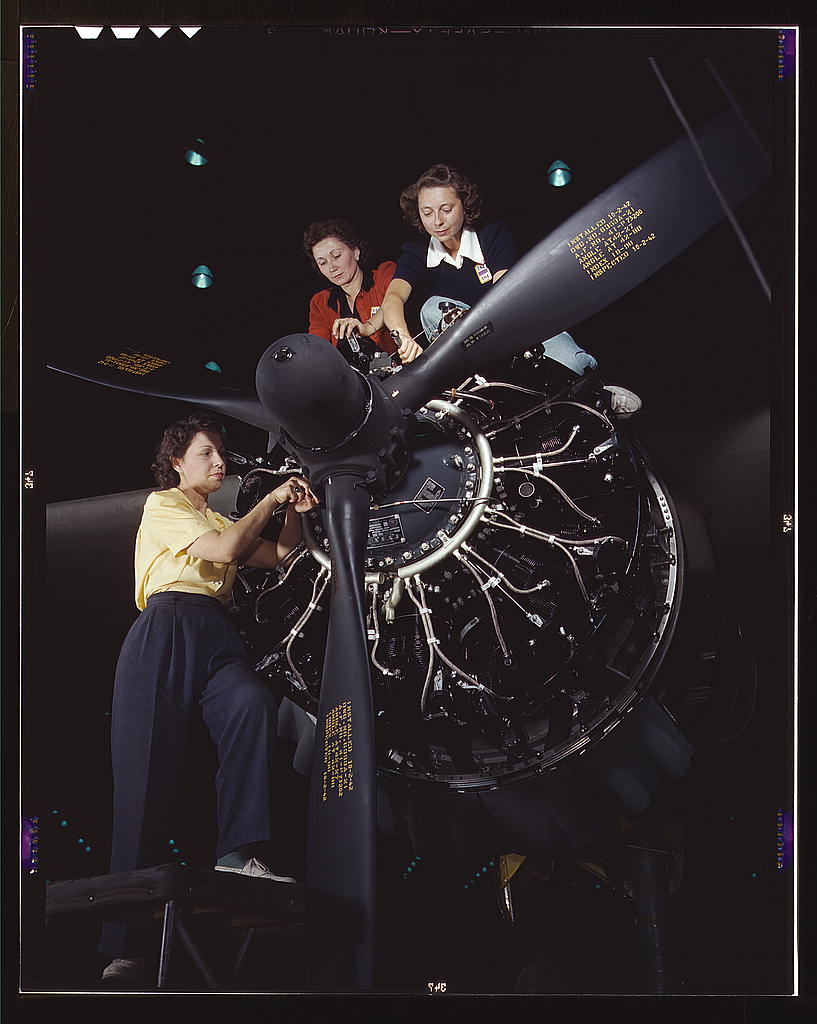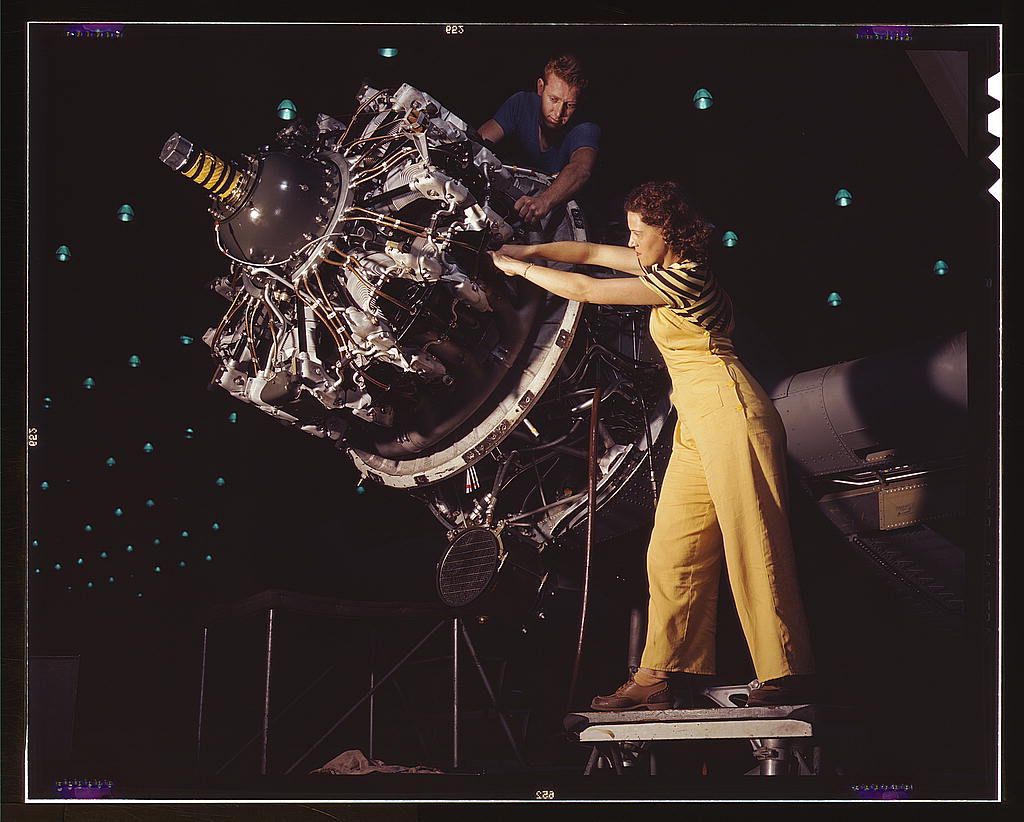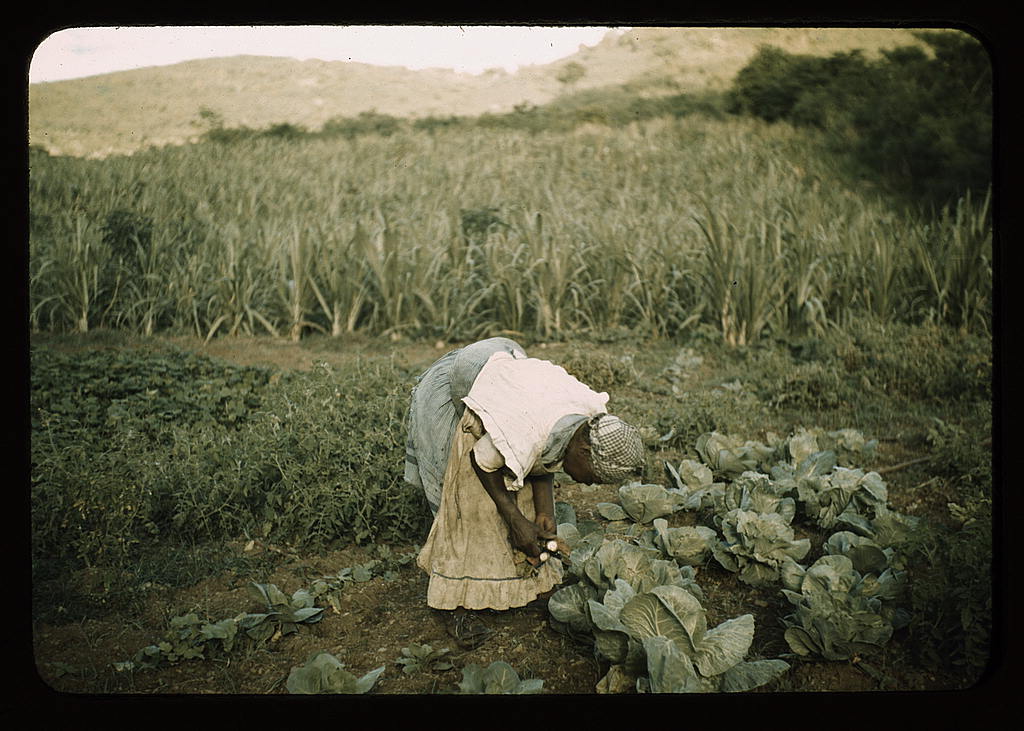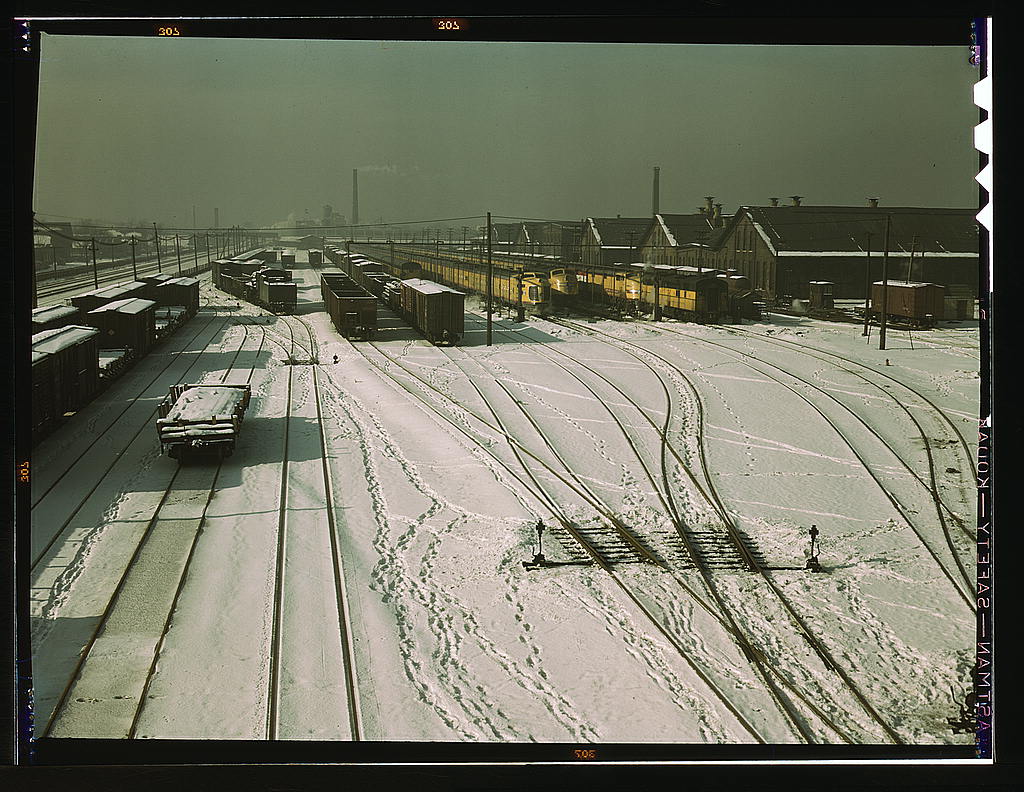I said that
The Traveler and
Mrs. Dalloway were less unlike that one might expect. Among their likenesses is an existential core which they share. In
The Traveler this core is in plain sight; the novel is forthrightly speculative and its author sets out his thesis forthrightly: humans exist in a tragic, futile, passivity. Only a few adepts can break free of this anomie. They do this at great risk and their success does not lead to the power of social control, but only the power of self-realization. Between the unhappy mass of humans and the few enlightened warriors, the author places a third body -- an evil order of men that abuses technology to impose its twisted will on humanity. The plot is driven by the unequal contest between the sword-carrying warriors and the steel-willed devils having immense resources at their command.
Virginia Woolf is both less direct and more satisfying in showing us a life well-lived.
She lets her characters speak to us, shows them to us from the inside. Each makes individual response to the fundamental challenges of life. And together their individual struggles help the reader see the surprising fullness of the life of the central character. It's fitting that this central character, a Mrs. Dalloway, is gradually shown to be Clarissa, a woman who, having her own light, fears not the heat of the sun.
The incompleteness of other characters is made plain by absence: Richard and Elizabeth in simplicity, love of nature, and awkwardness among people; Doris Kilman in failure to respect her own self and false faith in salvation through religion; Peter Walsh in his dependence on others, in his awkwardness with his pocket knife as unacknowledged defensive weapon, and in a fickle inability to make right choices in life; Sally Walsh, charming like Peter, like him volatile, and more than him adventurous, not fickle in making choices, but too cowardly to make right choices all the same.
Septimus Smith shows more than others the fullness of life that Clarissa is eventually able to claim for herself. He cannot hide from knowledge of death, but he is overwhelmed by it and has lost his ability to experience emotion. He sees life as meaningless but cannot accept what he sees. Pursued by the only truly evil character in the book, his despair drives him to suicide, a violent, ugly, and disfiguring death.
Woolf shows us Mrs. Dalloway struggling to acknowledge the unfairness of life -- futile, mean, barren, and lonely -- and to use that knowledge to achieve a love beyond the love of individuals for other individuals, a love of humankind in all its flawed beauty. It is a love that transcends the shallowness of complacency (Hugh Whitbread's for example), accepts the inequity that makes life nasty, brutish, and short for many (the Armenians, or maybe it's the Albanians, for example), and does not judge the shortcomings of all others (forgives them for judging her). Clarissa, Woolf tells us, simply likes life. Speaking aloud to life itself she says "That's what I do it for." She comes to possess the most perfect ease as if she were a creature floating in its element; her dignity is inexpressible, her cordiality exquisite.
Struggling also to come to terms with fear of death. Mrs. Dalloway fears death, so the author tells us. Most of the characters fail to face this fear and of course Septimus is done in by it. Peter has thoughts of death but they are a component of his mood swings -- he does not face up to it, but fears and denies alternately.
Clarissa knows how it is certain we must die. Helped by her reaction to the odious Sir William Bradshaw, she is given the grace to overcome her dread. At the party which ends her day she thinks how that morning she had experienced her fear of death. She thinks, "there was the terror; the overwhelming incapacity, one’s parents giving it into one’s hands, this life, to be lived to the end, to be walked with serenely; there was in the depths of her heart an awful fear." Then, learning of the suicide of Septimus, she begins to come to terms with this terror. "Somehow [she thinks] it was her disaster — her disgrace. It was her punishment to see sink and disappear here a man, there a woman, in this profound darkness, and she forced to stand here in her evening dress. She had schemed; she had pilfered. She was never wholly admirable. She had wanted success. Lady Bexborough and the rest of it. And once she had walked on the terrace at Bourton."
Indirectly, Woolf lets us know the practice that Clarissa follows as her acknowledgment leads to acceptance. She views the death with sacrificial empathy. More than a scapegoat, Septimus becomes a token for the mortality of oneself and all humankind. Of course she knows that
Golden lads and girls all must,/As chimney-sweepers, come to dust. But when she absorbs the news of Septimus's death, the event is not a topic for gossip or quick moralizing. In her emerging sense of self-awareness she sees the importance of death in the midst of life. She is not shocked and she does not pity him. As the novel comes to an end, of all the characters, she alone, in the fullness of her life, learns not to fear the heat of sun.
Woolf's recurrent images of ageless womankind help us see the connection Clarissa comes to make between her own individuality and all the individuals who were, are, and ever will be. Using these images of female presence, she indirectly reaffirms this connectedness, continuity, primal force.
• The beggar woman at Regent's Park tube station.
ee um fah um so
foo swee too eem oo
And rocks and creaks and moans in the eternal breeze.
Through all ages — when the pavement was grass, when it was swamp, through the age of tusk and mammoth, through the age of silent sunrise, the battered woman—for she wore a skirt — with her right hand exposed, her left clutching at her side, stood singing of love—love which has lasted a million years, she sang, love which prevails, and millions of years ago, her lover, who had been dead these centuries, had walked, she crooned, with her in May; but in the course of ages, long as summer days, and flaming, she remembered, with nothing but red asters, he had gone; death’s enormous sickle had swept those tremendous hills, and when at last she laid her hoary and immensely aged head on the earth, now become a mere cinder of ice, she implored the Gods to lay by her side a bunch of purple-heather, there on her high burial place which the last rays of the last sun caressed; for then the pageant of the universe would be over.
• Old Miss Parry who is dead and not. Here is how Richard renders her:
There was old Miss Parry, her aunt.
For Miss Helena Parry was not dead: Miss Parry was alive. She was past eighty. She ascended staircases slowly with a stick. She was placed in a chair (Richard had seen to it). People who had known Burma in the ‘seventies were always led up to her. Where had Peter got to? They used to be such friends. For at the mention of India, or even Ceylon, her eyes (only one was glass) slowly deepened, became blue, beheld, not human beings—she had no tender memories, no proud illusions about Viceroys, Generals, Mutinies—it was orchids she saw, and mountain passes and herself carried on the backs of coolies in the ‘sixties over solitary peaks; or descending to uproot orchids (startling blossoms, never beheld before) which she painted in water-colour; an indomitable Englishwoman, fretful if disturbed by the War, say, which dropped a bomb at her very door, from her deep meditation over orchids and her own figure journeying in the ‘sixties in India—but here was Peter.
• The old woman in the building opposite. Here is Clarissa's epiphany on this woman:
She [Clarissa] walked to the window.
It held, foolish as the idea was, something of her own in it, this country sky, this sky above Westminster. She parted the curtains; she looked. Oh, but how surprising!—in the room opposite the old lady stared straight at her! She was going to bed. And the sky. It will be a solemn sky, she had thought, it will be a dusky sky, turning away its cheek in beauty. But there it was—ashen pale, raced over quickly by tapering vast clouds. It was new to her. The wind must have risen. She was going to bed, in the room opposite. It was fascinating to watch her, moving about, that old lady, crossing the room, coming to the window. Could she see her? It was fascinating, with people still laughing and shouting in the drawing-room, to watch that old woman, quite quietly, going to bed. She pulled the blind now. The clock began striking. The young man had killed himself; but she did not pity him; with the clock striking the hour, one, two, three, she did not pity him, with all this going on. There! the old lady had put out her light! the whole house was dark now with this going on, she repeated, and the words came to her, Fear no more the heat of the sun. She must go back to them. But what an extraordinary night! She felt somehow very like him — the young man who had killed himself. She felt glad that he had done it; thrown it away. The clock was striking. The leaden circles dissolved in the air. He made her feel the beauty; made her feel the fun. But she must go back. She must assemble. She must find Sally and Peter. And she came in from the little room.
What has Mrs. Dalloway done? She has ended where she began, as Clarissa, but grown and changed as the day extended into evening and night.
How is this existential? The poetic force of Woolf's writing makes this now seem a trivial question.
Still, Mrs. Dalloway -- Clarissa -- has achieved what was given to the great medieval mystics to achieve, what the Yogi's seek, what Zen masters sit endlessly to become, what Samurai swordsmen trained for: she has allowed herself to become an authentic being. She is lover of life. She has discovered the gift which others lack. As Woolf says it is to exist, to
be, not needing to add, to exist wholly, to be authentically human.
And she has done this as Heidegger says we must: First by asserting her individuality, e pluribus unum; a full realization that each of us is essential. The all that we call the world cannot exist without us, each person an own individual self. Second by absorbing and rising above the full busyness of life with its trivialities, its work-of-the-world, its tedious, meaningless, futility; by transcending the ordinary without denying it. Third by facing up to the twin dread of emptiness and death; experiencing the blank void where nothing exists and fully accepting that death is an essential feature of life. Though traditionally the process of overcoming fear of emptiness and death is depicted as descent in to the dark and return to light, experiencing the dark night of the soul and welcoming the morning sun as enlightened adept, Clarissa -- life-lover, whose symbols are floral and who famously will buy her own flowers -- she fears no more the heat of the sun. She is, I think Woolf is saying, her own brightness, not a helpless creature whom the universe overwhelms by its unimaginable immensity, but her own fully-realized authentic self.
I wish to give the last word not to Heidegger (who possessed much of Sir William's odiousness) but to Miyamoto Musashi and those other adepts who teach that the end brings you back to the beginning. As Musashi's translator says: "The first technique is the last, the beginner and the master behave in the same way. Knowledge is a full circle." This is Clarissa's story. In the 24 hours of one particular day she has realized her life in its timeless fullness and unique individuality. She has ended where she began. Coming full circle, she is not the same self, but a fully-realized instance of the same.
Sources: All my Dalloway quotes come from
an online edition. My source for Musashi is
the Overlook Press edition.

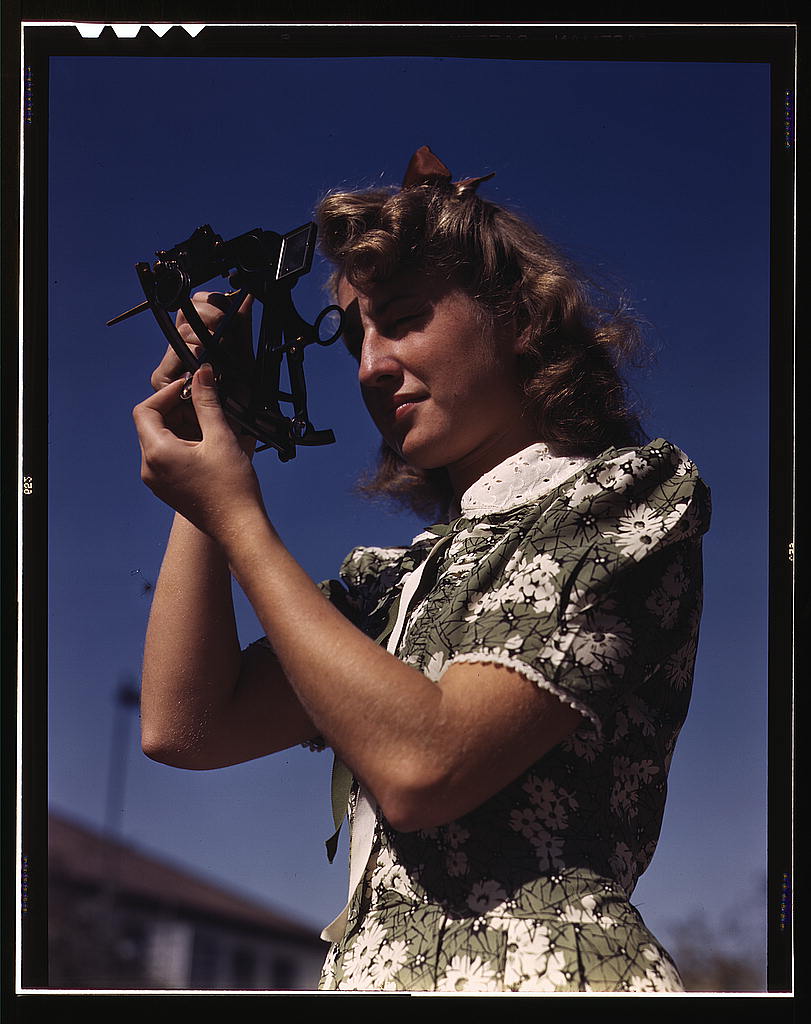 Caption: Palmer, Alfred T.,, photographer. Learning how to determine latitude by using a sextant is Senta Osoling, student at Polytechnic High School, Los Angeles, Calif. Navigation classes are part of the school's program for training its students for specific contributions to the war effort. 1942 Sept.
Caption: Palmer, Alfred T.,, photographer. Learning how to determine latitude by using a sextant is Senta Osoling, student at Polytechnic High School, Los Angeles, Calif. Navigation classes are part of the school's program for training its students for specific contributions to the war effort. 1942 Sept. Caption: Palmer, Alfred T.,, photographer. M-4 tank crews of the United States, Ft. Knox, Ky. 1942 June
Caption: Palmer, Alfred T.,, photographer. M-4 tank crews of the United States, Ft. Knox, Ky. 1942 June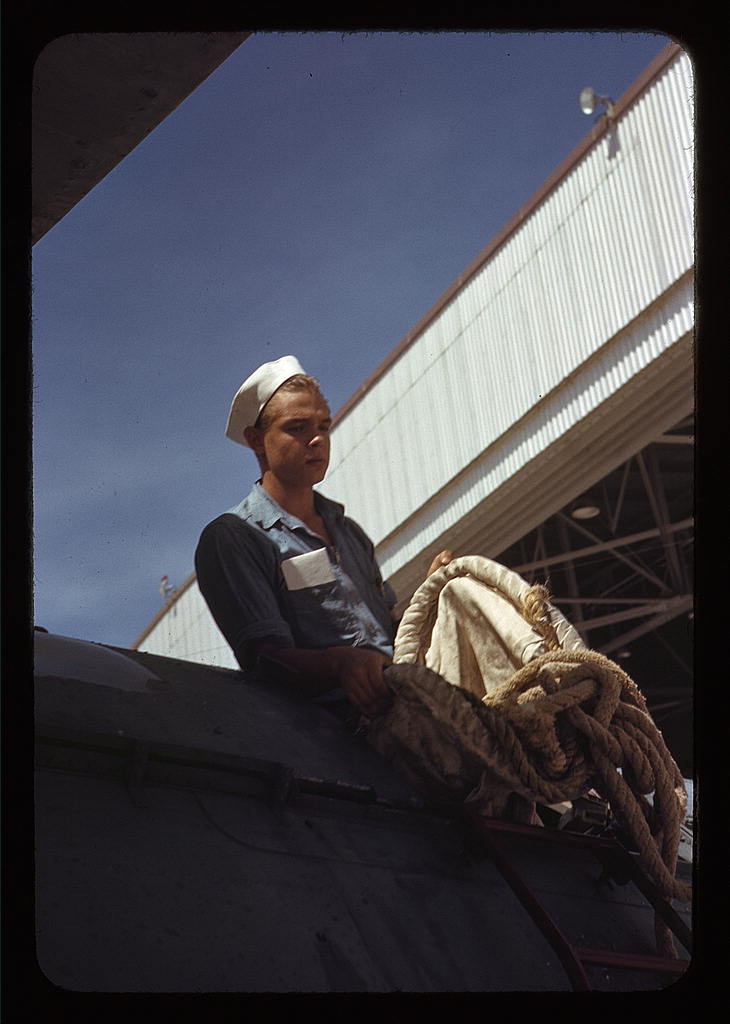 Caption: Hollem, Howard R.,, photographer. Sailor mechanic inspecting a PBY plane at the Naval Air Base, Corpus Christi, Texas. 1942 August
Caption: Hollem, Howard R.,, photographer. Sailor mechanic inspecting a PBY plane at the Naval Air Base, Corpus Christi, Texas. 1942 August Caption: Hollem, Howard R.,, photographer. Mary Louise Stepan, 21, used to be a waitress. She has a brother in the air corps. She is working on transport parts in the hand mill, Consolidated Aircraft Corp., Fort Worth, Texas. 1942 Oct.
Caption: Hollem, Howard R.,, photographer. Mary Louise Stepan, 21, used to be a waitress. She has a brother in the air corps. She is working on transport parts in the hand mill, Consolidated Aircraft Corp., Fort Worth, Texas. 1942 Oct.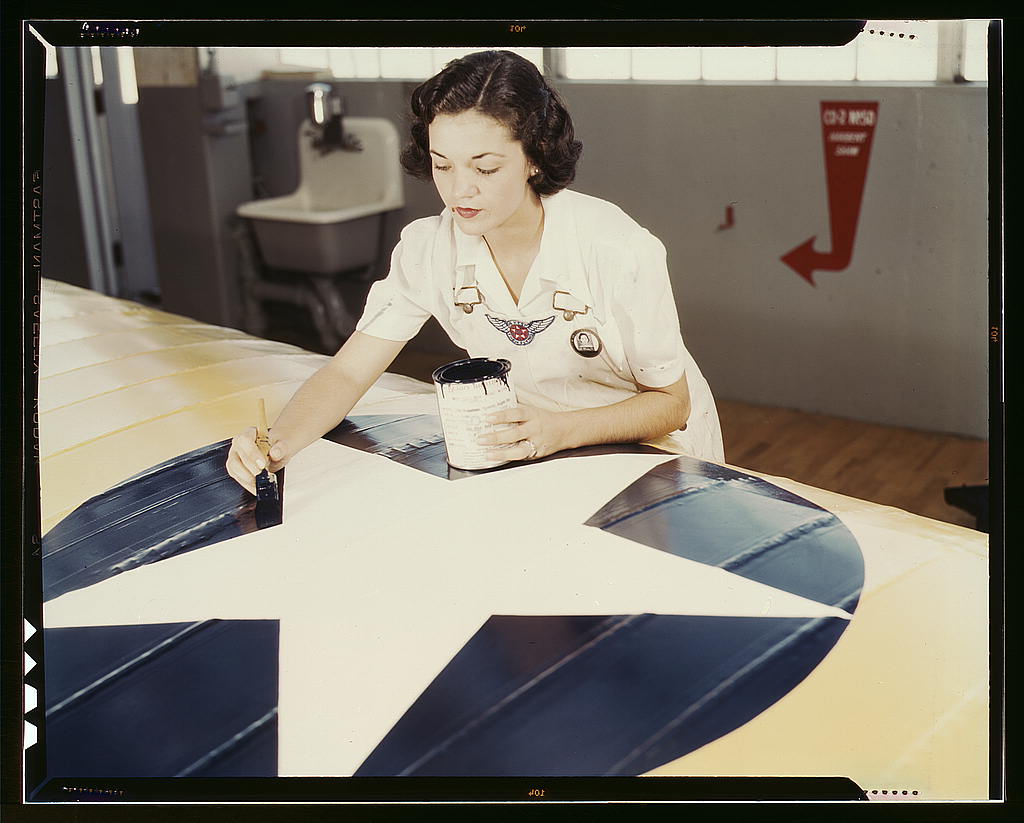 Caption: Hollem, Howard R.,, photographer. Painting the American insignia on airplane wings is a job that Mrs. Irma Lee McElroy, a former office worker, does with precision and patriotic zeal. Mrs. McElroy is a civil service employee at the naval Air Base, Corpus Christi, Texas. Her husband is a flight instructor. 1942
Caption: Hollem, Howard R.,, photographer. Painting the American insignia on airplane wings is a job that Mrs. Irma Lee McElroy, a former office worker, does with precision and patriotic zeal. Mrs. McElroy is a civil service employee at the naval Air Base, Corpus Christi, Texas. Her husband is a flight instructor. 1942 Caption: Hollem, Howard R.,, photographer. Lathe operator machining parts for transport planes at the Consolidated Aircraft Corporation plant, Fort Worth, Texas. 1942 Oct.
Caption: Hollem, Howard R.,, photographer. Lathe operator machining parts for transport planes at the Consolidated Aircraft Corporation plant, Fort Worth, Texas. 1942 Oct. Caption: Hollem, Howard R.,, photographer. This sailor mechanic is inspecting a PBY plane at the Naval Air Base in Corpus Christi, Texas. The ship had been reconditioned by the Civil Service employees at the Assembly and Repair Department in the base. 1942 August
Caption: Hollem, Howard R.,, photographer. This sailor mechanic is inspecting a PBY plane at the Naval Air Base in Corpus Christi, Texas. The ship had been reconditioned by the Civil Service employees at the Assembly and Repair Department in the base. 1942 August Caption: Hollem, Howard R.,, photographer. Mrs. Eloise J. Ellis, senior supervisor in the Assembly and Repairs Dept. of the Naval Air Base, talking with one of the men, Corpus Christi, Texas. 1942 August
Caption: Hollem, Howard R.,, photographer. Mrs. Eloise J. Ellis, senior supervisor in the Assembly and Repairs Dept. of the Naval Air Base, talking with one of the men, Corpus Christi, Texas. 1942 August Caption: Hollem, Howard R.,, photographer. Lorena Craig is a cowler under civil service at the Naval Air Base, Corpus Christi, Texas. 1942 August
Caption: Hollem, Howard R.,, photographer. Lorena Craig is a cowler under civil service at the Naval Air Base, Corpus Christi, Texas. 1942 August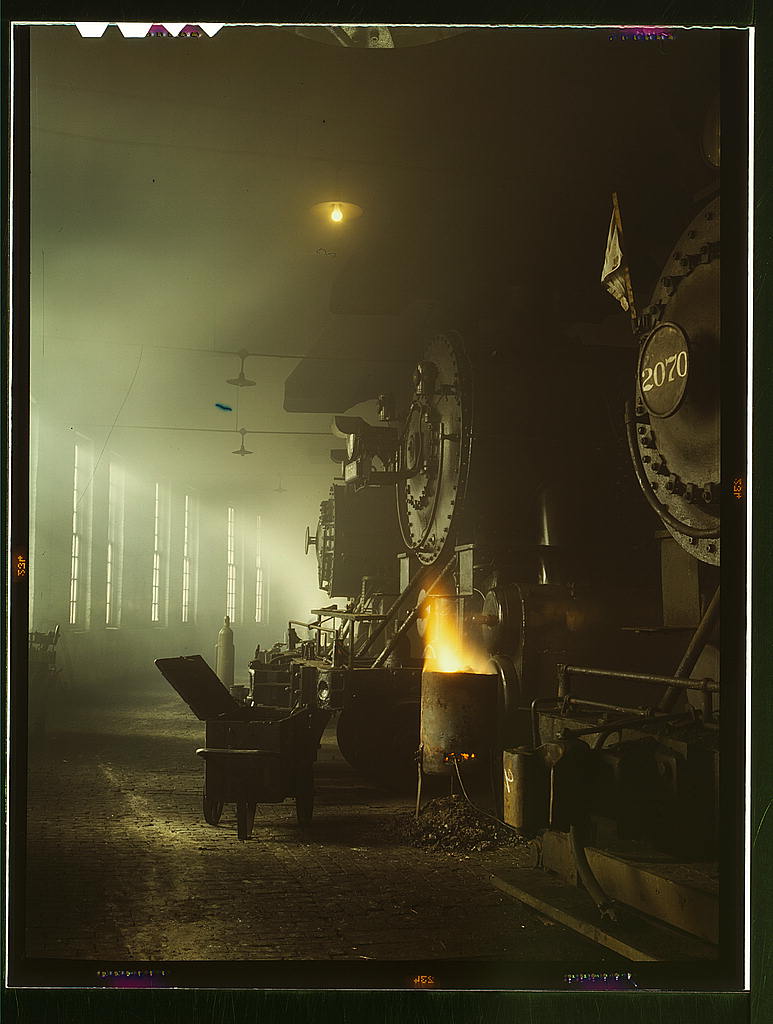 Caption: Delano, Jack,, 1914-, photographer. C & NW RR; locomotives in the roundhouse at Proviso yard, Chicago, Ill. 1942 Dec.
Caption: Delano, Jack,, 1914-, photographer. C & NW RR; locomotives in the roundhouse at Proviso yard, Chicago, Ill. 1942 Dec. Caption: Delano, Jack,, 1914-, photographer. Melrose Park (near Chicago), Ill; C & NW RR; L. Logan, of West Chicago, boilermaker at the roundhouse at the Proviso yard. 1942 Dec.
Caption: Delano, Jack,, 1914-, photographer. Melrose Park (near Chicago), Ill; C & NW RR; L. Logan, of West Chicago, boilermaker at the roundhouse at the Proviso yard. 1942 Dec.










